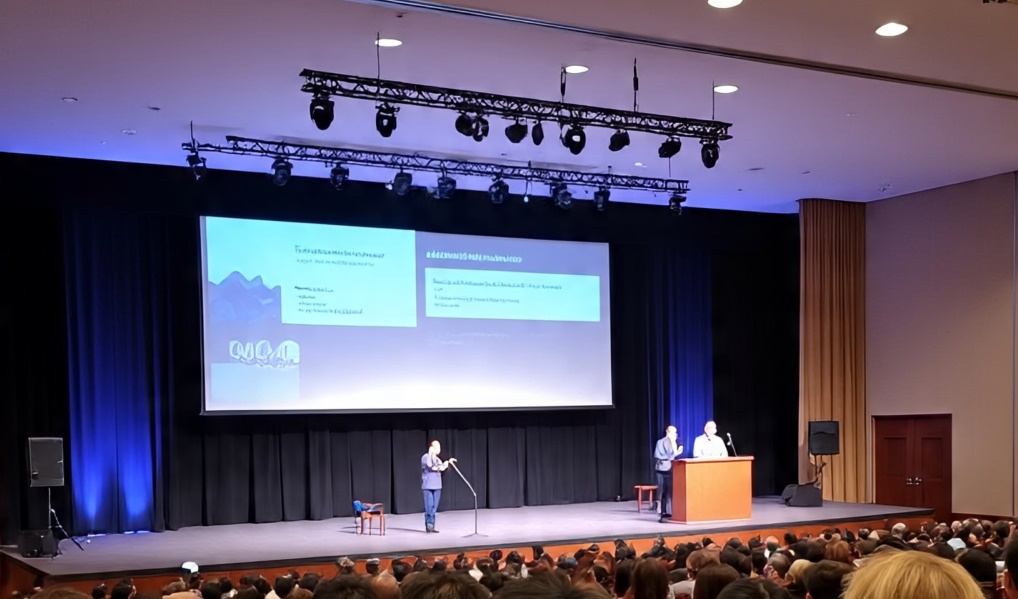Comparative Analysis of the Economic Leading Sectors in Sorong and Sorong Selatan Districts Using Location Quotient and Shift-Share Analysis
Keywords:
Leading Economic Sector, Location Quotient, Shift ShareAbstract
Sorong Regency's economy is stronger than South Sorong Regency's. This is because Sorong Regency is on the edge of the city compared to South Sorong Regency. The role of each economic sector does not influence GRDP growth, and the income contribution of each sector in each district is the result of planning and growth carried out in that area. The analytical methods used in this research are LQ and shift-share analysis. The research results show (a) that there are different leading or based sectors between Sorong Regency and South Sorong Regency. This difference is caused by the superior sectors in each region. Sorong Regency is superior in the Processing Industry Sector with a base sector value of 2.33, while South Sorong Regency has superior sectors in the form of the Agriculture, Forestry, and Fisheries Sector with a base sector value of 2.06; and (b) the majority of economic sectors in Sorong Regency and South Sorong Regency are classified as having different progressive growth. In Sorong Regency, 11 sectors are considered progressive or advanced in growth. There are only six sectors that are considered slow, namely the Agriculture, Forestry, and Fisheries sector; the Mining and Quarrying sector; the Processing Industry sector; the Transportation and Warehousing sector; the Corporate Services sector; and the Education Services sector. Meanwhile, in South Sorong Regency, 13 sectors are considered progressive or advanced in growth. There are only 4 sectors that are considered slow, namely the mining and quarrying sector; the water supply, waste management, and waste and recycling sectors; the transportation and warehousing sector; and the corporate services sector.
References
Ahmad, Paradise of the World, and Wasilah Abdullah. (2012). Cost Accounting. Jakarta: Salemba Empat
Dianna, D. N. (2020). Basics of Academic Research: Qualitative and Quantitative Data Analysis. Journal of Accounting, March, 1-10.
Hakim, A. D., Qomariyah, S. N., & Susanti, A. (2020). Identification of Leading Sectors in Regional Development in the Jombang Regency using the Lq, Dlq, Shiftshare Approach. Journal of Agricultural Sciences, 3(1), 169-177.
Hasyadi, K., Nurhayati, I., Royadi, A. A. (2023). Analysis of leading sectors in Trenggalek District, East Java Province. Journal of Financial Scholarship, 2(1), 1.
Hidayat, M.; Darwin, R. (2017). Leading Sector Analysis in the Regional Development of Meranti Islands Regency. Media Trend, 12(2), 156.
Ken Martina Kasikoen. (2017). Planning Analysis Method 2. 9. https://docplayer.info/70280169-Bab-13-metode-sistem-dinamis.html
Nauw, A., Koleangan, R. A. A., & Walewangko, E. N. (2015). Comparative analysis of the leading economic sectors of Sorong Regency and Sorong City. Scientific Journal of Efficiency, 15(4), 160-170.
Negara, A. K. K. and Putri, A. K. (2020). Analysis of Toboali district’s leading sector with shift share and location quotient methods. Equity: Journal of Economics, 8(1), 24-36.
Obi, S. E., Yunusa, T., Ezeogueri-Oyewole A. N., Sekpe, S. S., Egwemi, E., & Isiaka, A. S. (2020). The Socio-Economic Impact of Covid-19 on The Economic Activities of Selected States in Nigeria. Indonesian Journal of Social and Environmental Issues (IJSEI), 1(2), 39-47.
Pramaria, A (2022). Growth Acceleration Strategy and Structural Transformation of Districts and Cities (Case Study of West Nusa Tenggara Province). Journal of Social Economics and Humanities, 8(3), 355-364.
Rizqulloh, M. I. (2021). Economic Recovery: The Role of Business Digitization in Minimizing Unemployment During the Covid-19 Pandemic. International Journal of Qualitative Research, 1(2), 120-126.
Salindeho, B. A., Rotinsulu, D. C., Sumual, J. I., & Ratulangi, U. S. (2023). Analysis of Economic Structure Change in the North Sulawesi Province Department of Development Economics, Faculty of Economics and Business, 23(4), 97-108.
Tutupoho, A. (2019). Analysis of the base and non-base sectors of economic growth in Maluku Province (City District Case Study). Journal of Cita Ekonomika, 13(1), 1-18.
Wahidin, Yuniarti, T., & Astuti, E. (2023). Analysis of Leading and Potential Sectors of Districts and Cities on Sumbawa Island, West Nusa Tenggara Province. Elasticity - Journal of Development Economics, 5(1), 74-84.
Wakris, L. W., Rotinsulu, D. C., & Sumual, J. I. (2023). Analysis of the Influence of Leading Sectors on the Economy in Mimika Regency 2015-2020. Journal of Efficiency Scientific Periodicals, 23(3), 1-12.




